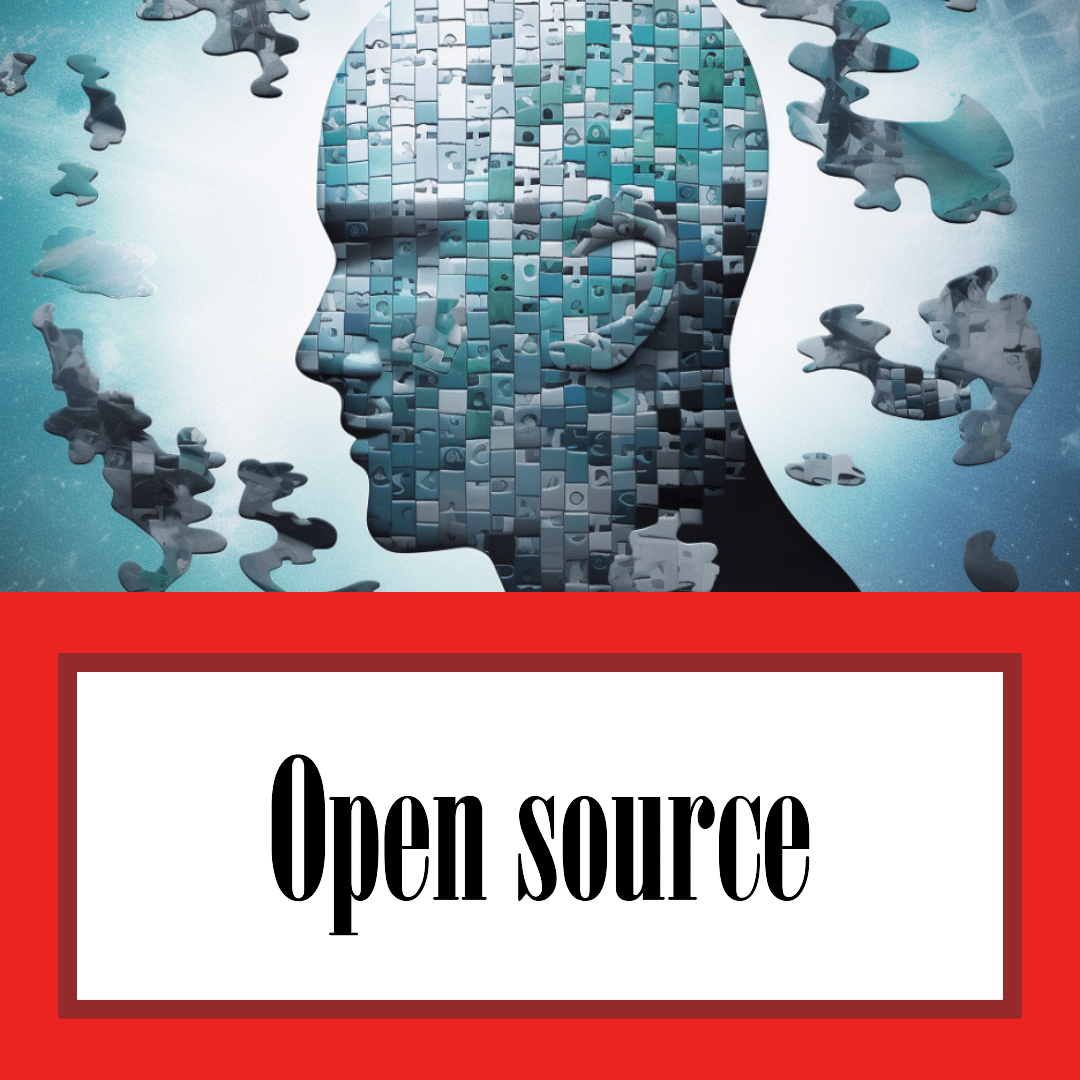In the technology world, “Open Source” is a term that encapsulates a philosophy of transparency, collaborative contribution, and community-oriented development. It has transformed the landscape of software development and beyond. In this comprehensive guide, we delve deep into what open source is, its benefits, challenges, and its impact on the world of technology.
Understanding Open Source
At its core, open source refers to something that can be modified and shared because its design is publicly accessible. While it originated in the context of software development, today, open source denotes a broader set of values—what we call “the open source way.”
Open Source Software
Open source software (OSS) is software with source code that anyone can inspect, modify, and enhance. Unlike proprietary software, which limits users strictly to using the software as it is, open source invites users to tweak the software, fix bugs, or add functionalities.
The Open Source Initiative
The Open Source Initiative (OSI) is a global non-profit that champions open source in society through education, collaboration, and infrastructure. OSI’s efforts have been instrumental in promoting the adoption of open source.
The Principles of Open Source
The philosophy behind open source is underpinned by several principles:
- Transparency: The source code must be readily available for inspection and modification.
- Collaboration: Open source thrives on collective intelligence. It encourages users and developers worldwide to collaborate and contribute to software improvement.
- Community: Open source nurtures a community of developers, users, and enthusiasts who help each other and collectively influence the software’s future direction.
Benefits of Open Source
Open source offers numerous benefits:
- Quality and Innovation: With numerous developers working on it, open source software often matches or surpasses the quality of proprietary software.
- Flexibility and Freedom: Open source software can be customized to suit specific user needs.
- Cost-effectiveness: Most open source software is freely available.
- Interoperability: Open source software is typically more compatible with other software systems.
Challenges in Open Source
Despite its advantages, open source also has challenges:
- Support: Finding reliable support can be harder compared to proprietary software.
- Compatibility: While open source software is generally interoperable, custom modifications can sometimes result in compatibility issues.
- Vulnerabilities: Because the source code is accessible to everyone, it could potentially be exploited by malicious users.
Conclusion
Open source represents a powerful paradigm shift in technology and beyond. By understanding the principles, benefits, and challenges of open source, individuals and organizations can make informed decisions and contribute to this vibrant community.







